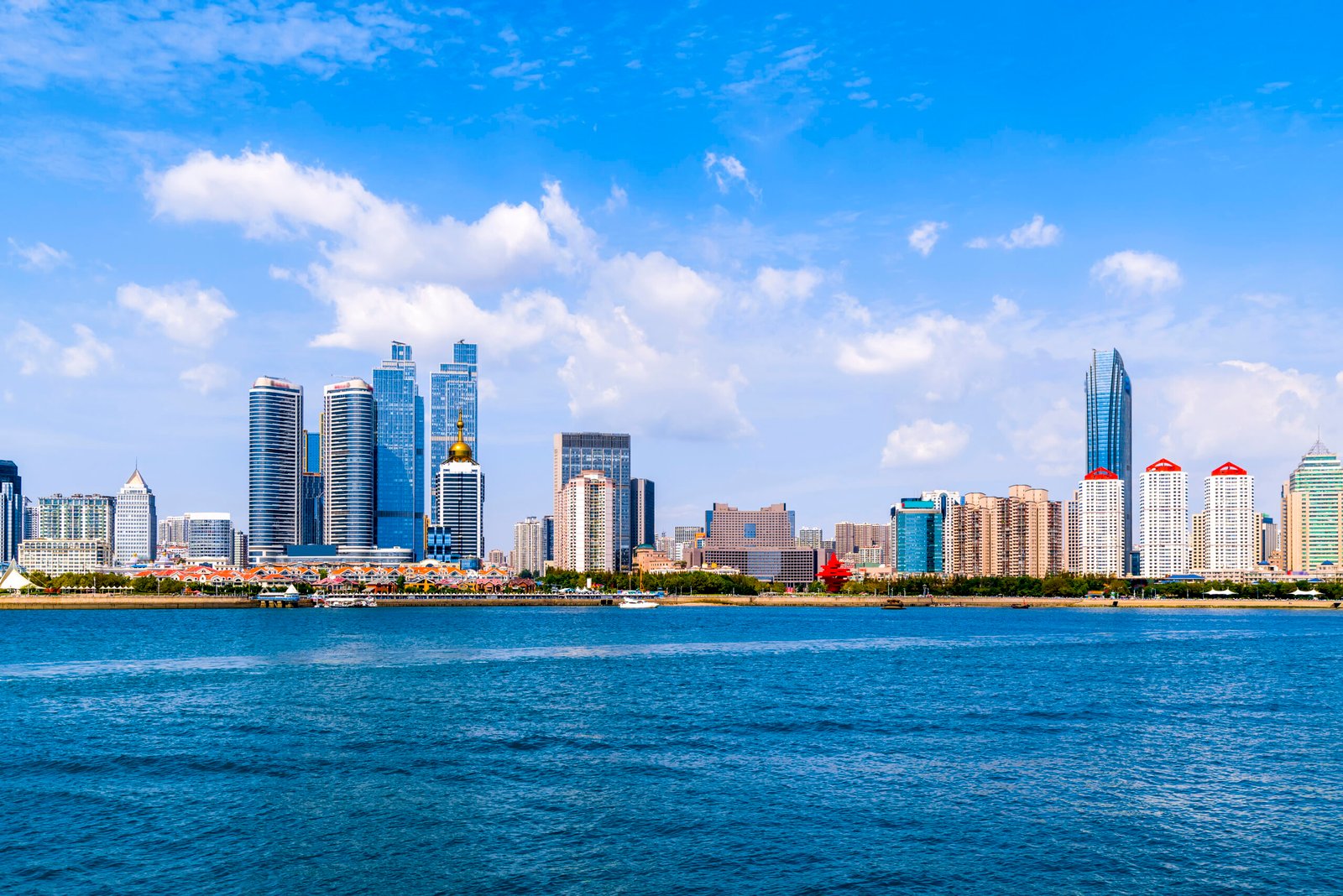Food culture of Harbin is a mix of East and West. It sits where the Amur River tells tales of trade. Here, history meets aroma in every market stall.
Central Street shows the legacy of 19th-century settlers. Their sausages now mix with soy-sauce braised dishes. This mix of Russian and Chinese flavors is shaped by Heilongjiang’s cold.
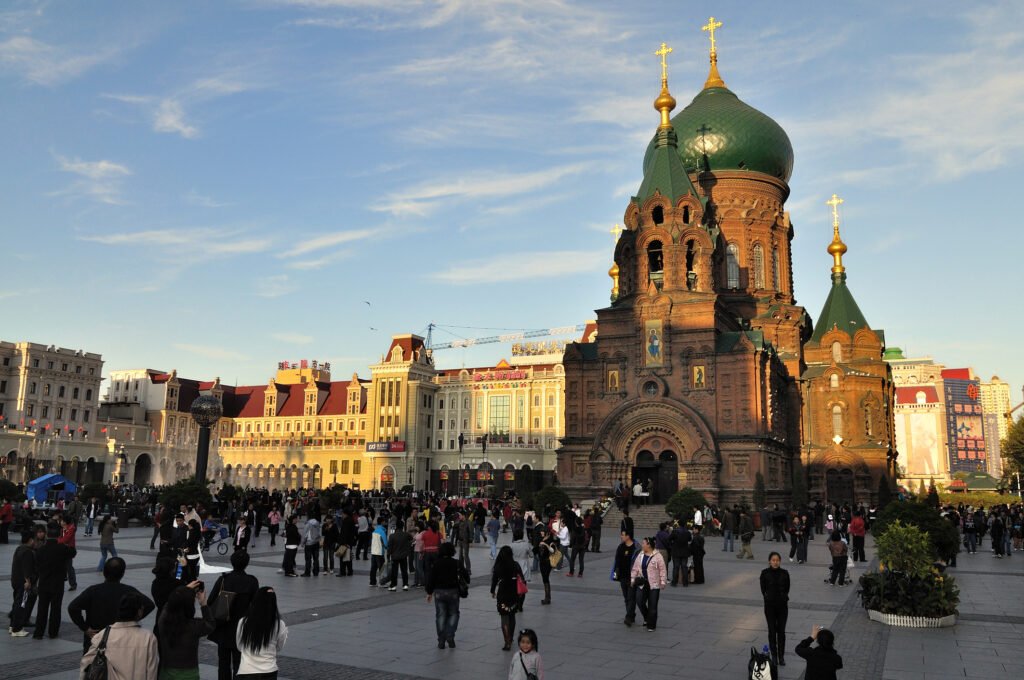
Harbin’s streets teach travelers about authenticity. From grilled sturgeon to scallion pancakes, each dish tells a story. It’s a journey of resilience and curiosity.
Heilongjiang food is about duality. Harsh winters inspired hearty dishes and preserved foods. This shows how traditions grow where climates meet.
Let’s explore how Harbin’s flavors evolved. You’ll discover the secrets of northeast China’s food scene. For more, check out our culinary exploration services.
Key Takeaways
- Harbin’s culinary identity blends 150 years of Russian and Chinese culinary traditions.
- Signature dishes like baked fish pies and steamed jiaozi showcase layered cultural influences.
- Heilongjiang’s severe winters shaped preservation techniques used today.
- Local markets show daily interactions between Slavic baking and Chinese spices.
- Harbin’s food culture offers insights into how geography and migration redefine “traditional”.
The Historical Roots of Harbin Unique Food Culture
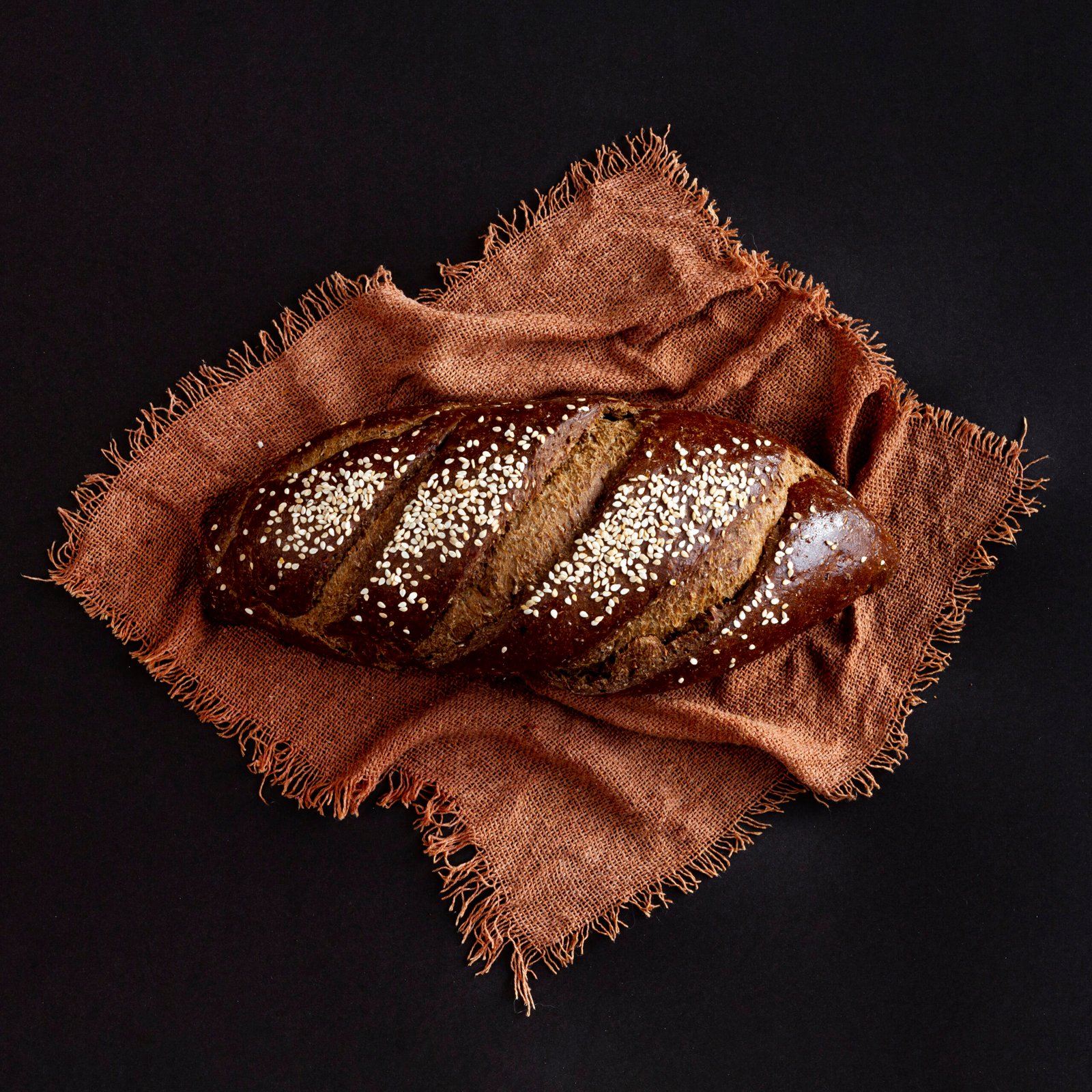
The smell of baking black bread and simmering soy sauces tells a story. It’s about Harbin culinary history shaped by two worlds. Historical food fusion started when 19th-century Russian migrants came to Heilongjiang. They mixed Slavic cooking with local tastes.
Russian Immigration and Its Culinary Impact
Russian settlers brought pelmeni dumplings and kvas ferments. They changed recipes to fit Heilongjiang’s climate. They added sour cream to jiaozi and made kholodets aspic from local pork.
This Russian influence in Heilongjiang changed how food was preserved. They used ice cellars for cabbage and bean pastes.
Chinese Traditions in Heilongjiang Province
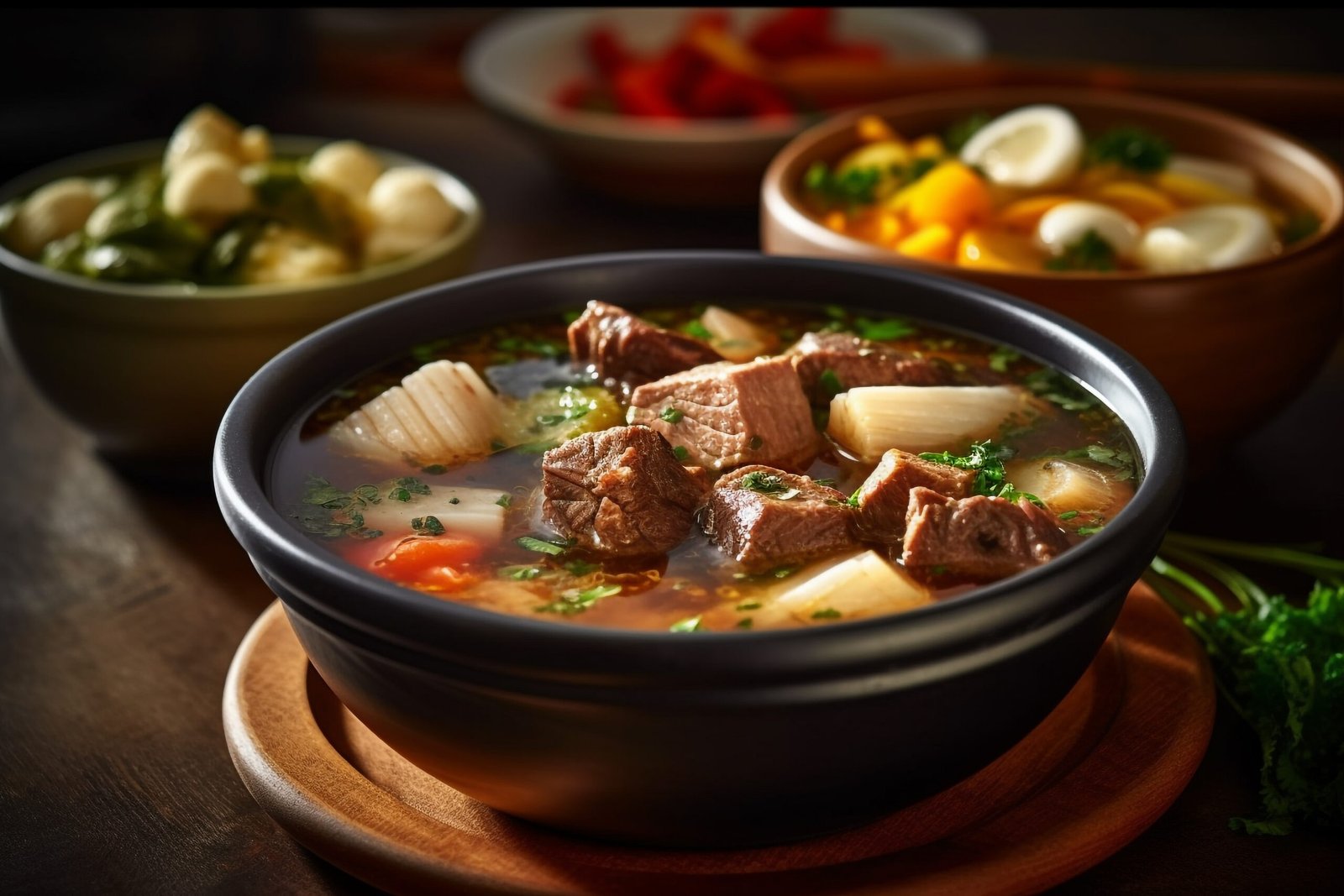
Before railroads, Heilongjiang’s kitchens followed Chinese food traditions. They made slow-braised stews and millet porridges. Tungusic communities taught wild herb preservation, and Han settlers brought noodle-making skills.
These traditions live on in dishes like tangyuan rice balls and preserved soybean pastes.
How History Shaped Modern Harbin Cuisine
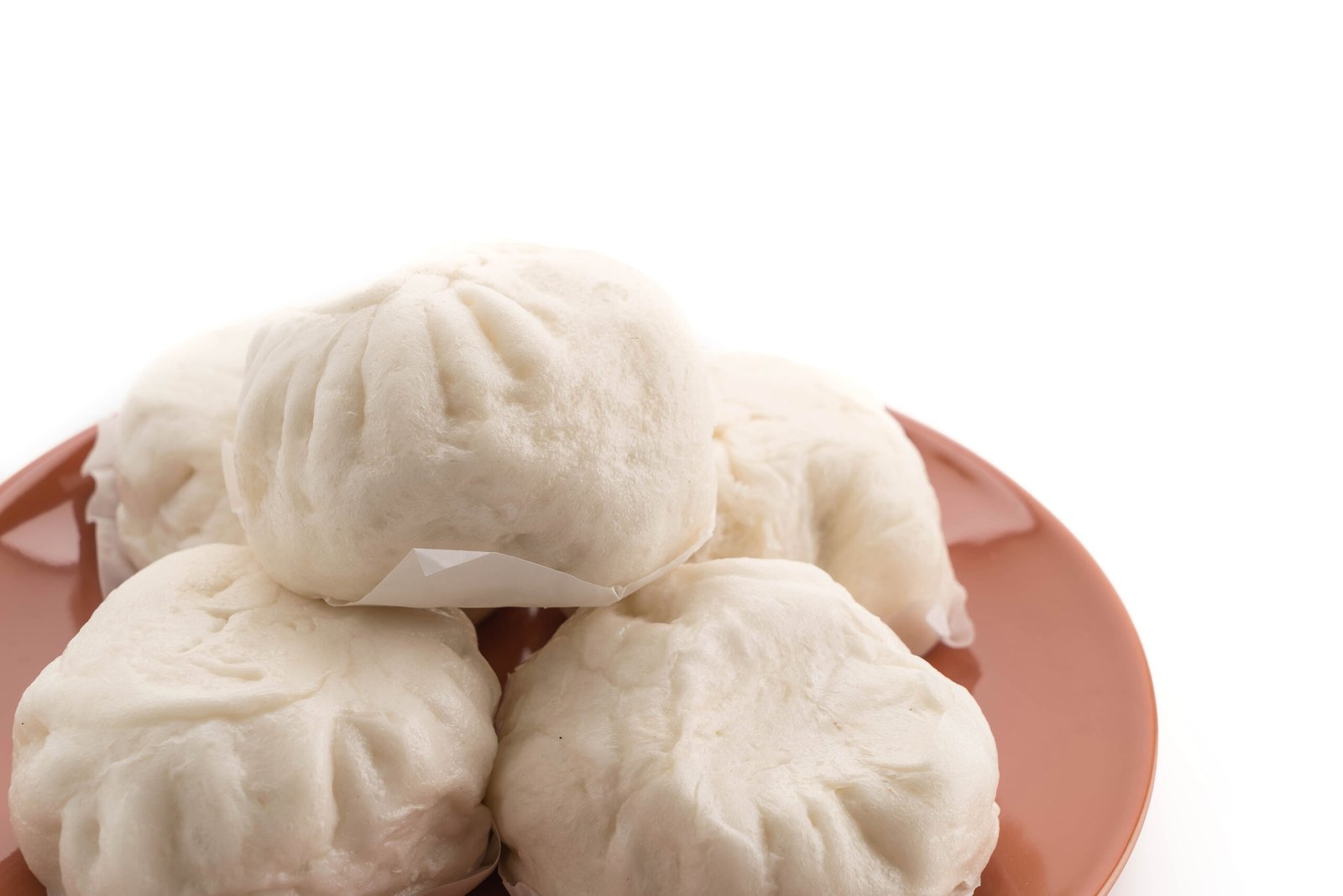
Today’s menus show this mix:
| Category | Russian Elements | Chinese Elements |
|---|---|---|
| Breads | Rye loaves | Steamed buns |
| Meat dishes | Beef stroganoff | Hotpot broths |
| Desserts | Kulich cakes | Red bean pastries |
The cold climate lead to creative solutions. Think of suan cai pickles combining Slavic lacto-fermentation with local cabbage. This mix of survival and creativity made a cuisine that tells stories of shared resilience.
Embarking on a Culinary Tour of Harbin (Heilongjiang Province)
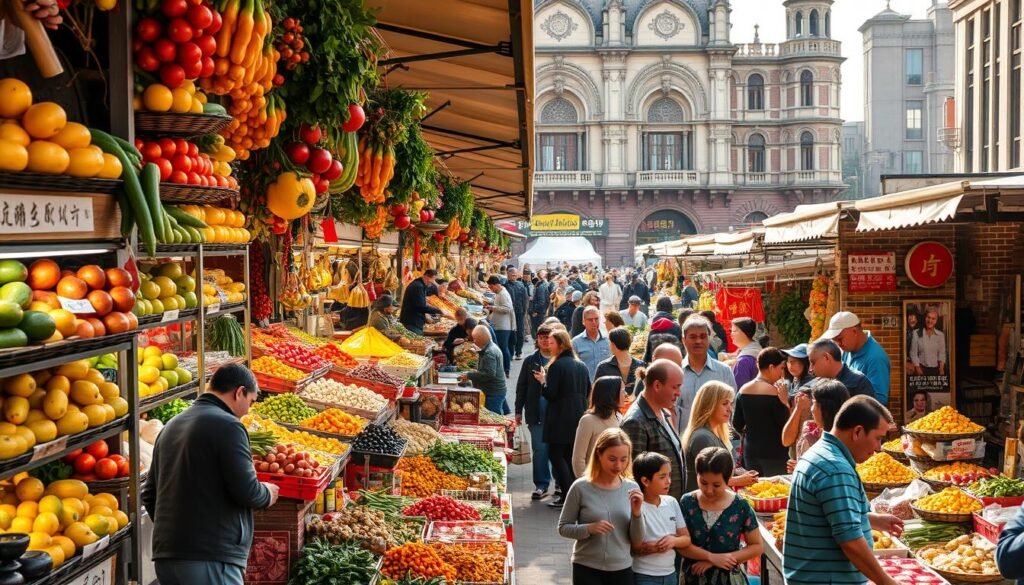
You step onto Harbin’s cobblestone streets, and the air buzzes with excitement. Your Harbin food tour begins at dawn in the city’s lively food markets. Frosty vegetables glisten in the morning light as vendors expertly slice cured meats. Mandarin and Slavic greetings swirl around you, revealing the rich, layered history of this northern city
As you walk through these culinary exploration, Heilongjiang streets are like a dance. At a livelyHarbin food markets, you try authentic Chinese-Russian cuisine. You savor sauerkraut dumplings and borscht with star anise. A vendor give you warm mazurka coffee, a perfect contrast to the cold.
- Stalls were full of frozen fish from the Songhua River, next to smoked sturgeon.
- Auntie Li’s shop had pierogi and other pastries in her cases.
- Every corner shows new contrasts, like pickled cabbage salads and vinegar-glazed pork belly.
The highlight is a dish at a century-old authentic Chinese-Russian cuisine restaurant. Potato pancakes in sesame oil, top with fermented black beans, are a taste sensation. Sweet, salty, and earthy flavors combined in a unique way.
“You taste history here,” says Ivan, a third-generation baker. “Every recipe is a bridge between worlds.”
This trip through Harbin food markets and secret spots shows a city where food traditions meet. Every smell, texture, and tale teach you about food’s universal language.
Bread, Sausages, and Dairy: The Russian Influence
As you walk through Harbin’s frost-kissed streets, the scent of freshly baked bread draws you to a century-old Russian bakery. Inside, Slavic cuisine China unfolds. Crusty borodinsky loaves sit beside lotus-seed-stuffed vatrushkas. These Russian bakeries Heilongjiang are where East and West knead together, proving how tradition evolves.
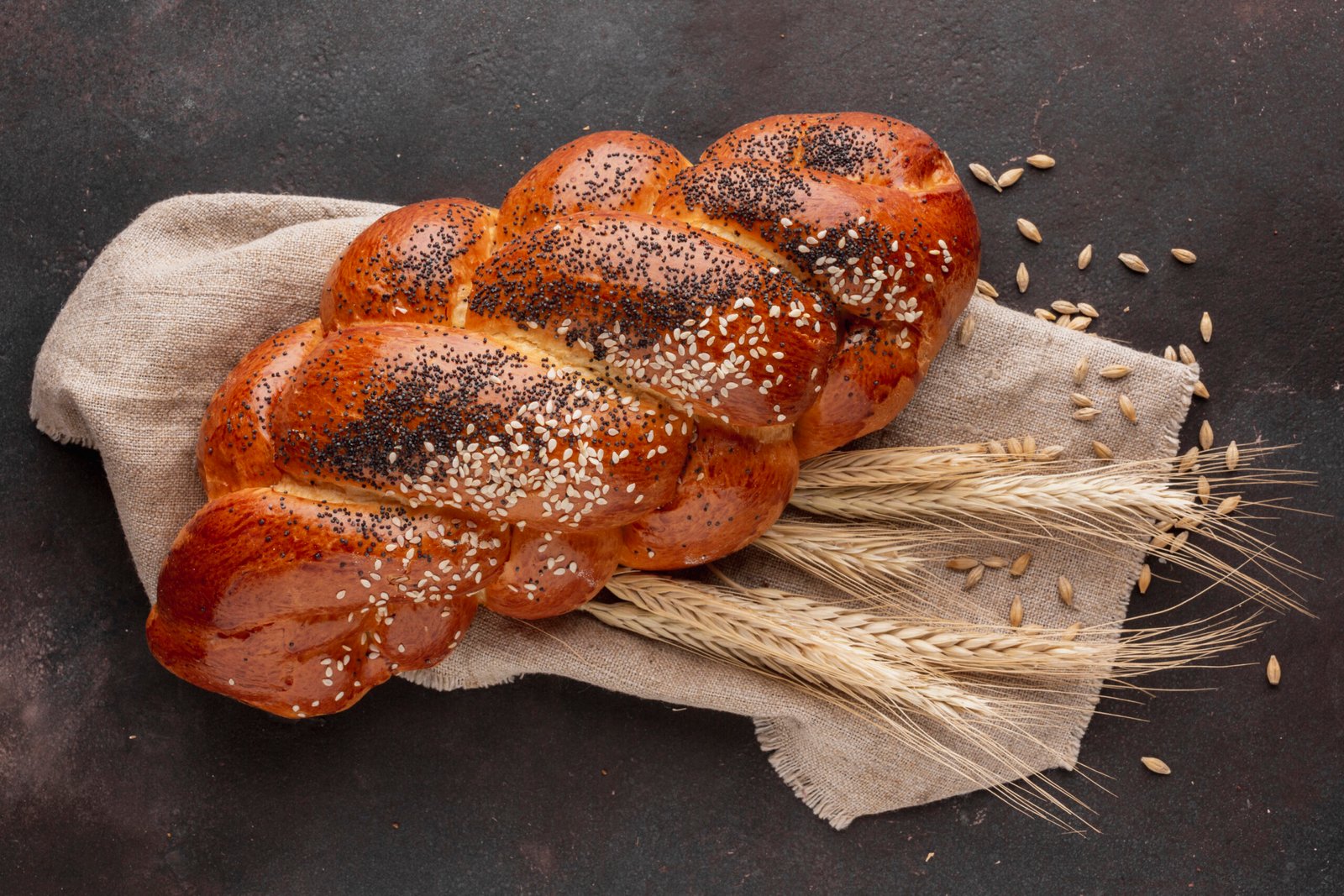
The air thrums with stories of a century of adaptation. Sourdough starters mixed with local millet, and sour cream drizzled over jiaozi. It’s a blend of flavors and traditions.
- Borodinsky rye bread layered with pickled radishes
- Vatrushka pastries with black sesame glaze
- Kielbasa smoked over applewood, paired with soybean paste
Harbin’s sausages tell you another tale. At a family stall, you taste kielbasa infused with star anise—a flavor bridge between two cuisines. The butcher explains, “Smoking techniques from Siberia meet soy sauce marinades here.”
Even dairy products Harbin defy expectations. Tvorog cheese now stars in xiaomibaos, while kefir’s tang brightens morning congee.
“My great-grandfather’s recipes crossed the Amur River; now they’re part of our DNA,” says a third-generation baker. His words linger as you savor a smetana-drenched pancake—creamy, unfamiliar, undeniably homey.
This fusion mirrors the journey of Parma’s prosciutto evolution, where time and place reshape tradition. In Harbin, every bite whispers of a century of shared kitchens—where Slavic breads rise in Chinese ovens, and dairy’s richness becomes a local treasure.
Dumplings, Noodles, and Spice: The Chinese Foundation
As you walk through city’s markets, the smell of wheat and smoke lead you to stalls. Here, Heilongjiang dumplings are made with care. Their thick skins keep out the cold, while fillings like pork and pickled radish show strength. This is northeastern Chinese cooking at its core: a mix of survival and art.

Regional Chinese Techniques in Harbin Cooking
Master chefs here turn simple ingredients into wonders. Watch as they make Heilongjiang dumplings into shiny noodles. Their hands move quickly, stretching dough into elastic strands that spring back.
These methods, passed down through generations, celebrate northeastern Chinese cooking’s simple beauty. The outcome? Dumplings that keep their shape and noodles with a unique chew.
Heilongjiang’s Indigenous Ingredients
Harbin’s kitchen is filled with wild and untamed ingredients. Foraged black fungus and wild hawthorn are used in dishes like smoked duck with forest mushrooms. A vendor says, “Our forests give us unique ingredients no other region has.”
- Wild herbs like aromatic mugwort add earthy depth
- Hardy shiitake mushrooms dried in winter’s chill
- Preserved soybean paste fermented for months
Seasonal Specialties Worth Seeking Out
Spring brings dishes like stir-fried water dropwort, a crisp green available for just weeks. Autumn inspires techniques that reflect local tastes, like smoky cabbage rolls. The seasonal ingredients Harbin offers change with the seasons, showing that even winter brings treasures like icy-cold buckwheat porridge with preserved plums.
Every bite here tells you a story of adaptation—a culinary language where northern Chinese cuisine whispers traditions while embracing the world’s flavors.
Iconic Harbin Dishes Every Visitor Must Try
Walking through city’s markets, you’ll catch the smell of smoked meats and tangy sauces. This scent leads you to stalls full of must-try Harbin food. Your first taste of Harbin comes at a night market, here a vendor gives you hong chang, the city’s famous red sausage.
Its smoky, sweet flavor mixes Russian tradition with local spice. This flavor mix is like Harbin itself, a blend of cultures.
Try the famous Heilongjiang dishes that make the region special. Guo bao rou, crispy pork cubes with a tangy sauce, is a must. The batter’s crunch and the vinegar dressing show European touches, but it’s truly Harbin’s own.
Don’t skip di san xian dumplings, filled with eggplant, potato, and pepper. They offer a rich, savory taste that’s perfect for vegetarians.
For Harbin specialties, the pelmeni here are different from their Russian origins. They’re filled with pork and star anise, served in a savory broth. And you can’t miss trying kvass, a fermented bread drink that goes well with steamed wheat noodles.
These signature dishes Harbin are more than food. They’re stories of cultural exchange, each bite a piece of history.
- Hong Chang: Smoked sausage with Sino-Russian flair
- Guo Bao Rou: Crispy pork with tangy sauce
- Pelmeni: Pork-filled dumplings with star anise
- Di San Xian: Vegetarian dumplings with roasted spices
Best Restaurants and Street Food Vendors in Harbin
Exploring city’s food scene is like you’re diving into history with every bite. You find places where old traditions meet new flavors. From fancy fusion restaurants to cozy street carts, there’s something for everyone.
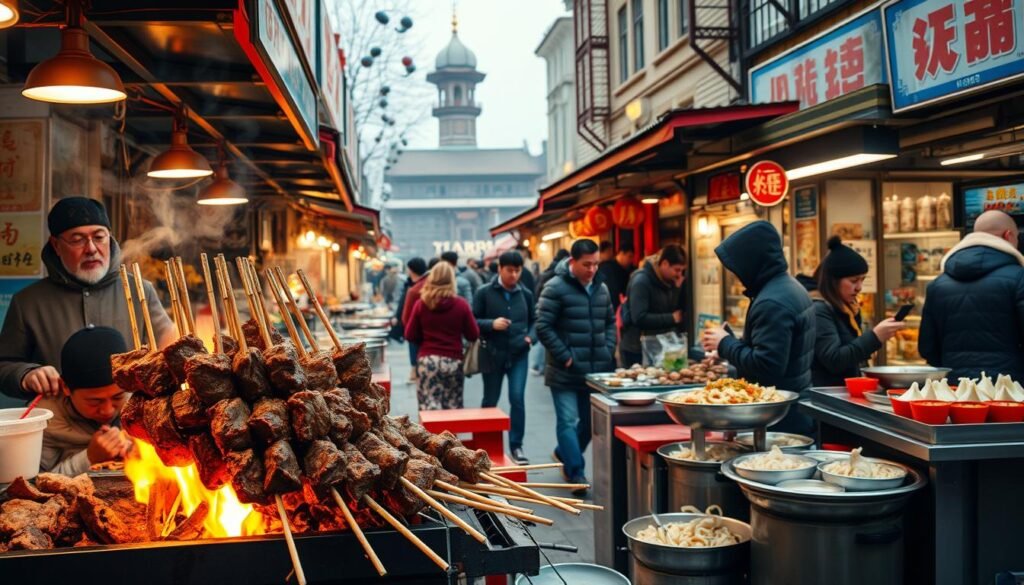
Fine Dining with Russian-Chinese Fusion
In the old Russian area, Saint Petersburg Bistro offers a unique mix. They serve caviar-topped dumplings and soy-simmered sturgeon. Their pelmeni with Manchurian herbs is a must-try.
Across the street, Old Zhou’s Kitchen is known for its bold flavors. Their borscht with Sichuan pepper is a true taste of Chinese-Russian fusion.
Authentic Local Establishments
For real local flavor, try Lao Liangzi Family Kitchen. It’s famous for its smoked pork and traditional dishes. Fourth-generation chefs cook in iron pots, just like Grandma Li does.
Grandma Li says, “We never change the recipe.” Her words add to the charm of this humble place.
Street Food Corners That Locals Love
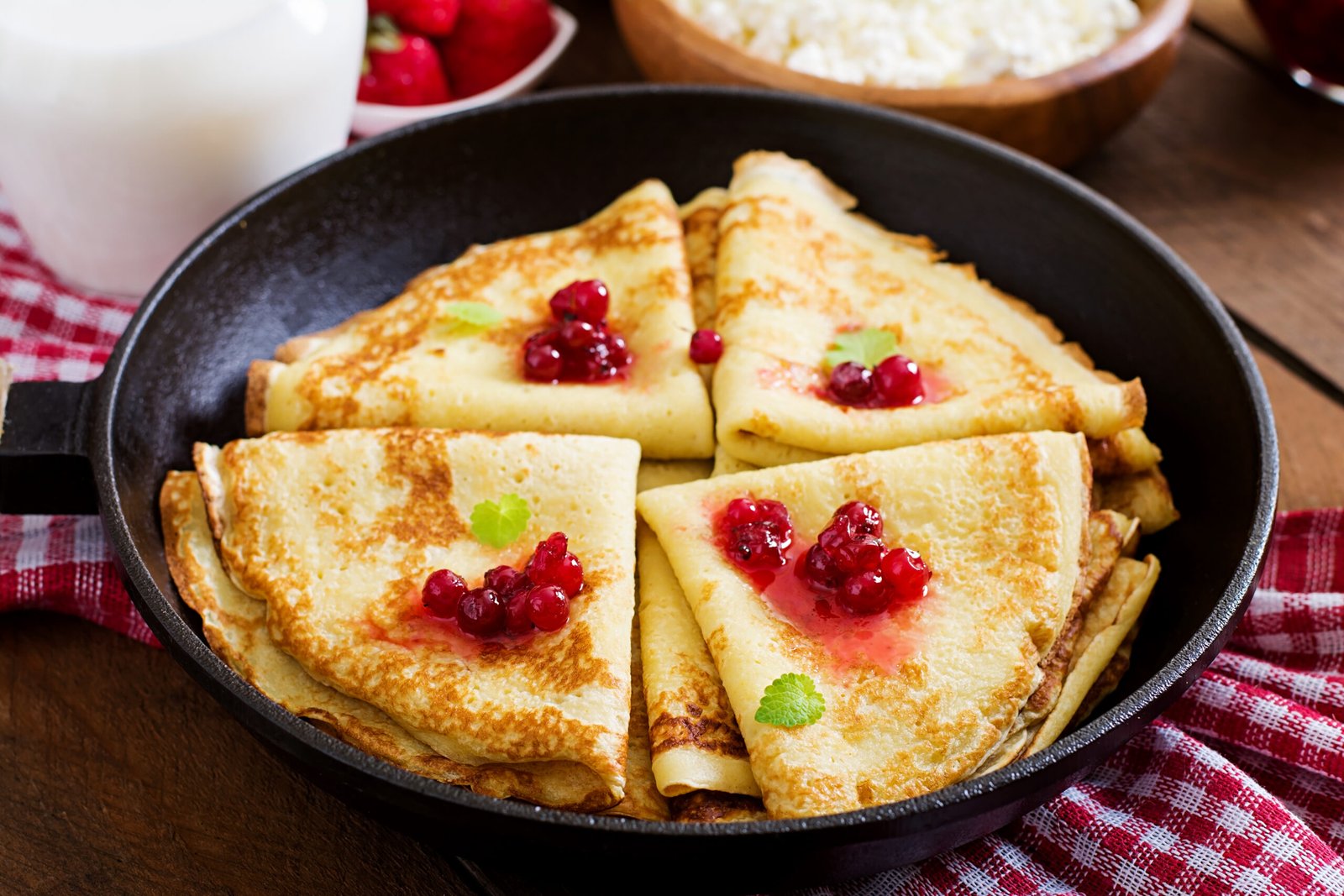
- Central Street’s Golden Moon Cart fries cheese-stuffed pancakes in cast iron skillets
- Winter markets glow with vendors selling chebureki (meat pies) wrapped in Siberian cold air
- Sunday morning at Binjiang Night Market reveals steamed chicken feet with dill sauce—a Heilongjiang specialty
“The best meals here don’t need menus,” says guide Xiao Wang as you wait in a 20-degree line for grilled khinkali at Old Port Stand #3. The flavor of those juicy dumplings, glistening with garlic-infused butter, remains most vivid memory of street food Heilongjiang.
Harbin’s Food Festivals and Cultural Celebrations
In the heart of winter, Harbin Ice Festival food turns frost into flavor. Walking through glittering ice palaces, you find vendors selling manti—Russian dumplings steamed to perfection. They are paired with spiced honey wine. These moments at the Heilongjiang food celebrations shows you how cold becomes a canvas for creativity.
“The ice festival isn’t just for sightseeing—it’s a feast for all senses,” a vendor says. “Each winter, we showcase flavors that only this climate can create.”
Spring brings seasonal food festivals Harbin, where cultural food events China highlight fresh river fish and wild greens. Summer’s farmers’ markets are filled with pickled cabbage and sunflower seeds. Autumn’s harvest fairs mix buckwheat pancakes with Siberian soups. These moments are more than events—they’re dialogues between Heilongjiang’s dual heritage.
| Season | Event | Highlight |
|---|---|---|
| Winter | Ice Festival | Ice-carved dumpling stalls, vodka-infused hot chocolate |
| Spring | Snowmelt Feast | Iceberg lettuce salads with preserved fish |
| Autumn | Harvest Confluence | Wild mushroom stews with borscht-inspired soups |
These festivals are living archives. A bite of frozen tangerine syrup or a sip of spiced milk tea is a passport to centuries of cultural exchange. Every celebration here turns tradition into a shared feast, proving that food is the truest language of belonging.
How Harbin’s Cuisine Differs from Other Chinese Food Americans Know
When you first taste the suansuan baozi (sour buns) and hongshao rou (braised pork) in Harbin, you’ll get know it is different. The flavors here are from northern Chinese cuisine, unlike the authentic Chinese food vs American Chinese dishes in U.S. restaurants. Harbin’s food is shaped by Siberian winters and Russian trade routes, unlike the Harbin vs Cantonese cuisine rivalry.
While Cantonese kitchens focus on fresh ingredients and light seasoning, here kitchens use fermented soybeans, smoked fish, and hearty wheat noodles. These ingredients are key to Harbin’s unique taste.

| Aspect | Harbin | Cantonese |
|---|---|---|
| Staple Grain | Wheat-based buns, noodles | Rice, dim sum |
| Signature Flavors | Savory, smoky, fermented | Sweet, crisp, light |
| Iconic Dish | Red sausage with buckwheat pancakes | Steamed shrimp dumplings |
In unique Chinese food regions like Harbin, you’ll find butter-topped breads and potato snacks. These are different from the sticky rice of southern kitchens. Here, best food is cha si fu, a tangy fermented tofu paste used in soups.
The climate in Harbin means richer flavors. Think slow-cooked stews versus Cantonese stir-fries. Harbin’s kitchens use anise and star anise, while Guangdong prefers ginger and scallions.
- Must-try ingredient: hongchang (dried mushrooms)
- Signature technique: Cold buckwheat noodles with sesame dressing
- Defining staple: Steamed buns filled with pork and cabbage
Understanding these differences shows how geography shapes tradition. Harbin’s table is more than food—it’s a story of how borders influence taste.
Conclusion: What Harbin’s Culinary Identity Teaches Us About Cultural Fusion
Exploring Harbin’s markets, you find it is more than food. You see how food brings people together. The city’s dishes show that traditions evolve, not disappear. A taste of suan cai pao xue tang or Rossiya bread tells you a story of Chinese and Russian flavors coming together.
This mix is not a compromise. It shows the strength of cultural ties, even through political changes. Chinese-Russian relations have shifted, but their culinary bond remains strong.
City’s food history is a quiet but powerful force. It has kept alive recipes from Soviet bakeries and Heilongjiang’s winter dishes. This shows that food can cross borders and unite people.
Local vendors offer soy-sautéd cabbage, while open-air stalls serve smoky sausage. These dishes are more than meals. They are conversations between cultures. Each dish is a choice to honor the past while embracing new flavors.
Harbin’s cuisine shows that cultural lines are not fixed. It teaches you that fusion is not a loss but a growth. As you enjoy the complex flavors, you understand that traditions can merge, creating something new yet deeply connected.
The city’s story is not just about food. It shows how cultures can stay connected through meals, even when they disagree. Every bite holds a truth that politics might overlook. Our taste buds remember what politics might forget.


